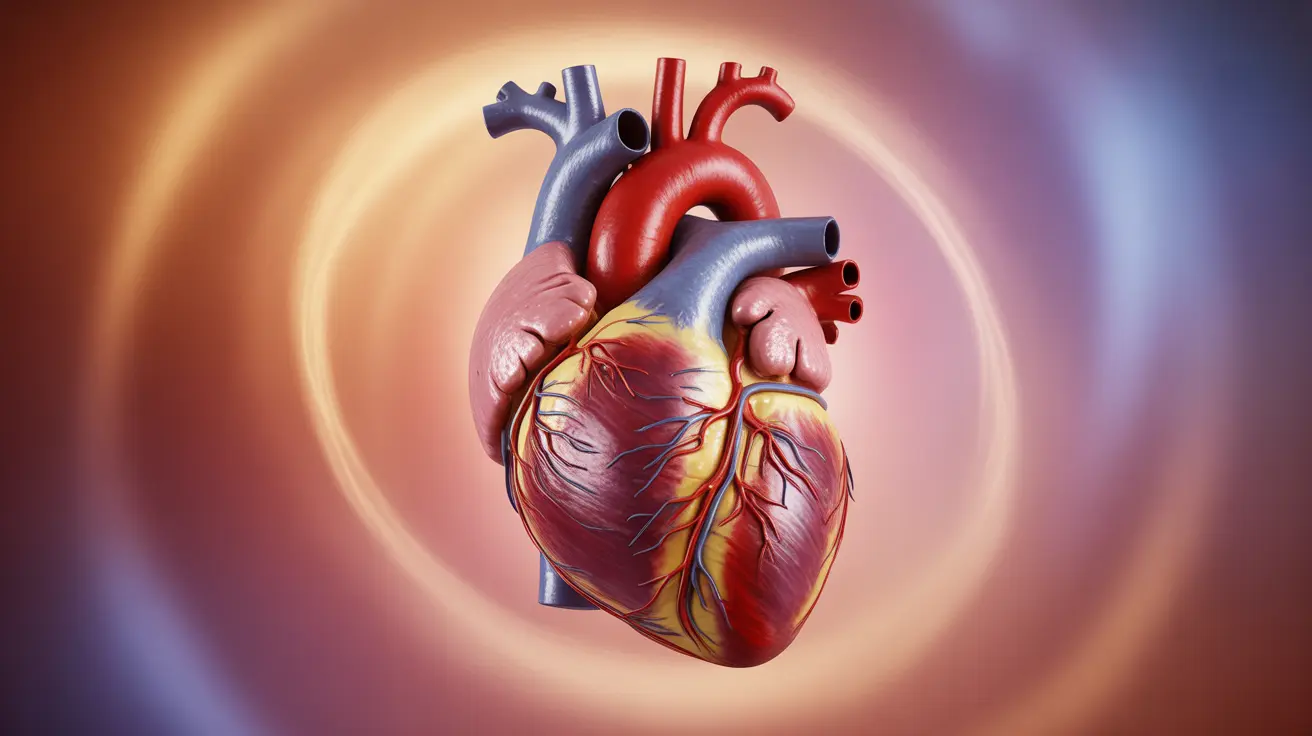Experiencing tingling sensations in the left arm can be concerning for women, as it may indicate various underlying conditions ranging from minor nerve compression to more serious cardiovascular issues. Understanding the potential causes and knowing when to seek medical attention is crucial for proper diagnosis and treatment.
This comprehensive guide explores the common causes of left arm tingling in females, warning signs to watch for, and appropriate treatment options to help you make informed decisions about your health.
Common Causes of Left Arm Tingling in Women
Left arm tingling in females can stem from several different conditions:
Nerve Compression
The most common cause of arm tingling is nerve compression, which can occur due to:
- Cervical radiculopathy (pinched nerve in the neck)
- Carpal tunnel syndrome
- Cubital tunnel syndrome
- Poor posture while sleeping or working
- Thoracic outlet syndrome
Circulation Issues
Reduced blood flow to the arm can cause tingling sensations due to:
- Peripheral artery disease
- Raynaud's phenomenon
- Blood clots
- Poor circulation from extended periods of inactivity
Cardiovascular Concerns
In some cases, left arm tingling may indicate serious cardiovascular issues:
- Heart attack symptoms
- Angina
- Other cardiovascular conditions
Warning Signs and When to Seek Medical Care
While some causes of left arm tingling are benign, certain symptoms warrant immediate medical attention:
Emergency Warning Signs
- Sudden onset of arm tingling with chest pain
- Difficulty breathing
- Weakness or numbness in the face
- Slurred speech
- Severe headache
- Loss of consciousness
Non-Emergency Signs Requiring Medical Evaluation
Schedule a doctor's appointment if you experience:
- Persistent tingling lasting more than a few days
- Recurring episodes of arm tingling
- Weakness in the affected arm
- Difficulty performing daily activities
- Progressive worsening of symptoms
Diagnosis and Treatment Options
Healthcare providers may use various methods to diagnose the cause of left arm tingling:
Diagnostic Procedures
- Physical examination
- Neurological testing
- Nerve conduction studies
- MRI or CT scans
- Blood tests
- Cardiovascular evaluation
Treatment Approaches
Treatment varies depending on the underlying cause and may include:
- Physical therapy
- Anti-inflammatory medications
- Lifestyle modifications
- Surgery (in severe cases)
- Cardiovascular interventions if needed
Prevention and Lifestyle Management
Several lifestyle changes can help prevent or reduce arm tingling:
- Maintaining good posture
- Regular exercise and stretching
- Ergonomic workspace setup
- Proper sleeping position
- Stress management techniques
- Healthy diet and weight management
Frequently Asked Questions
What are the common causes of tingling or numbness in the left arm in women?
Common causes include nerve compression, poor circulation, carpal tunnel syndrome, cervical radiculopathy, and in some cases, cardiovascular issues. The specific cause often depends on additional symptoms and the pattern of tingling.
When should I see a doctor for persistent tingling in my left arm?
Seek immediate medical attention if tingling is accompanied by chest pain, difficulty breathing, or stroke-like symptoms. Schedule a doctor's appointment if tingling persists for several days, causes weakness, or interferes with daily activities.
Can left arm tingling in females be a sign of a heart attack or stroke?
Yes, left arm tingling can be a warning sign of a heart attack or stroke, especially when accompanied by other symptoms like chest pain, shortness of breath, dizziness, or facial numbness. These situations require immediate emergency care.
How is nerve compression diagnosed and treated when it causes left arm numbness?
Diagnosis typically involves physical examination, neurological tests, and imaging studies like MRI. Treatment may include physical therapy, anti-inflammatory medications, lifestyle modifications, and in some cases, surgical intervention.
What lifestyle changes can help improve circulation to reduce left arm tingling?
Regular exercise, maintaining good posture, taking frequent breaks from repetitive activities, proper ergonomics, stress management, and a healthy diet can help improve circulation and reduce arm tingling. Additionally, avoiding smoking and limiting alcohol consumption can improve overall circulation.




